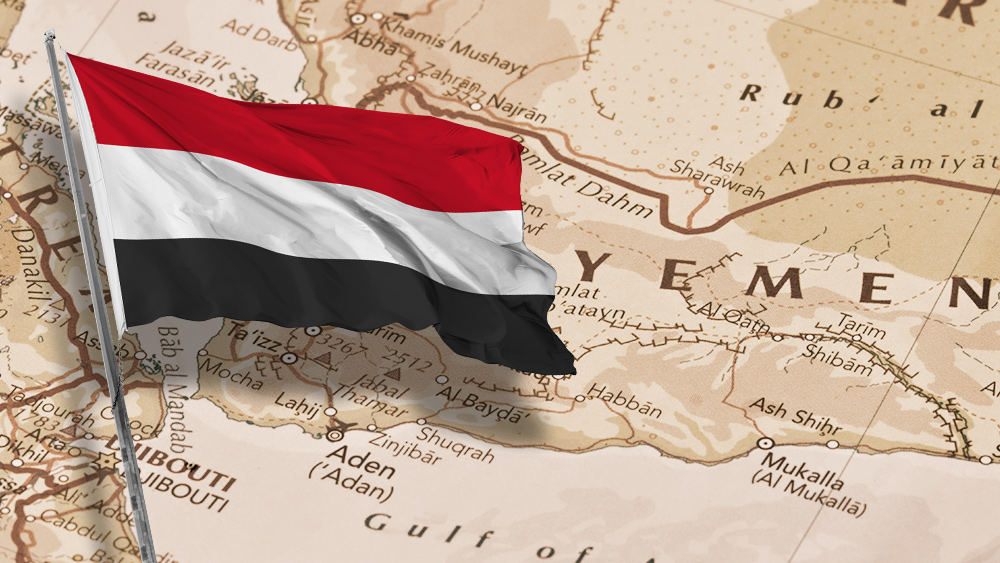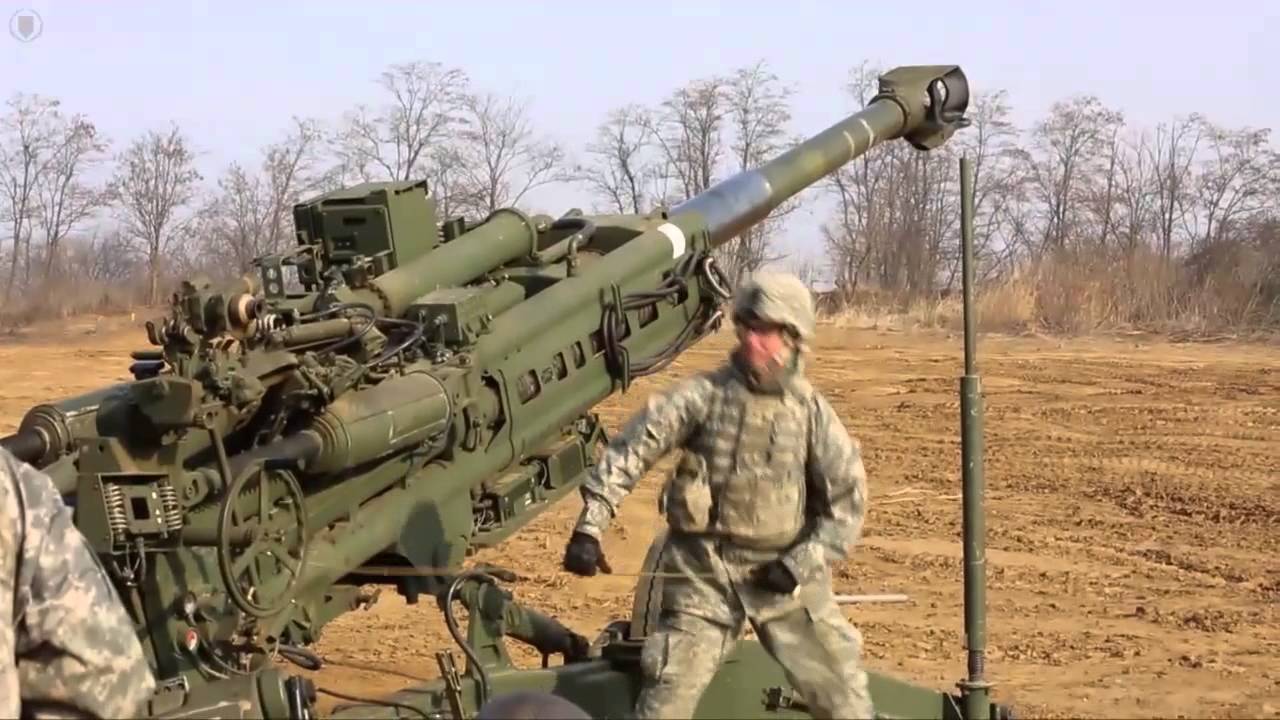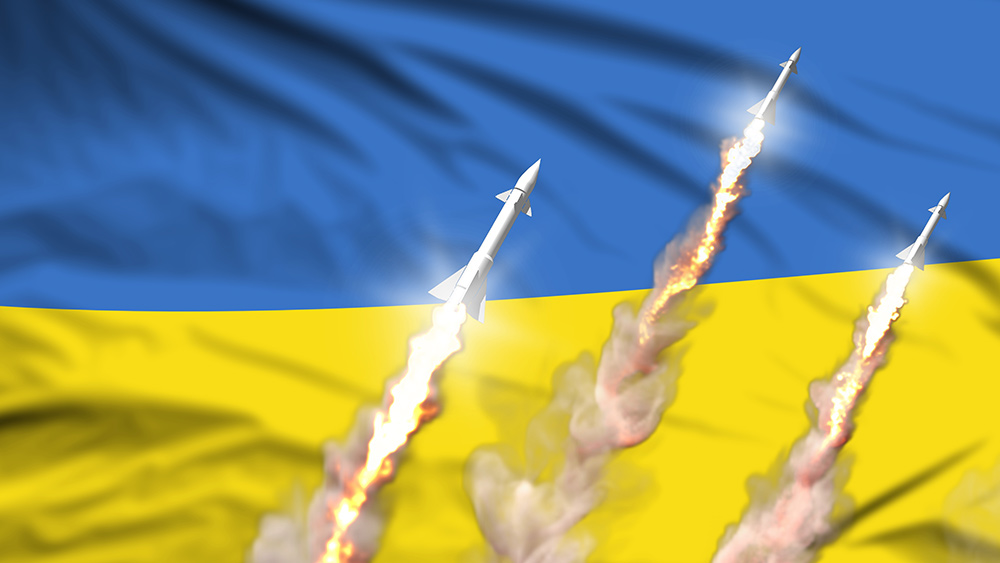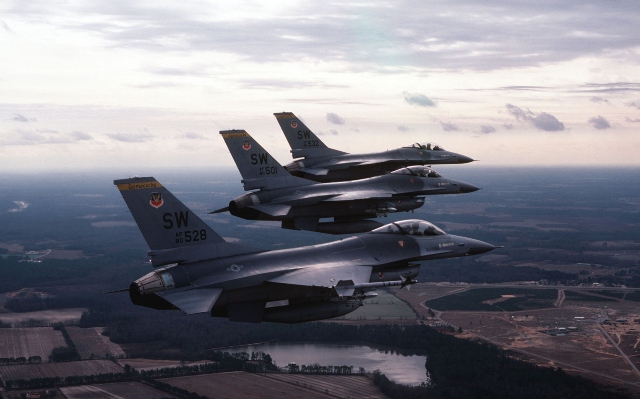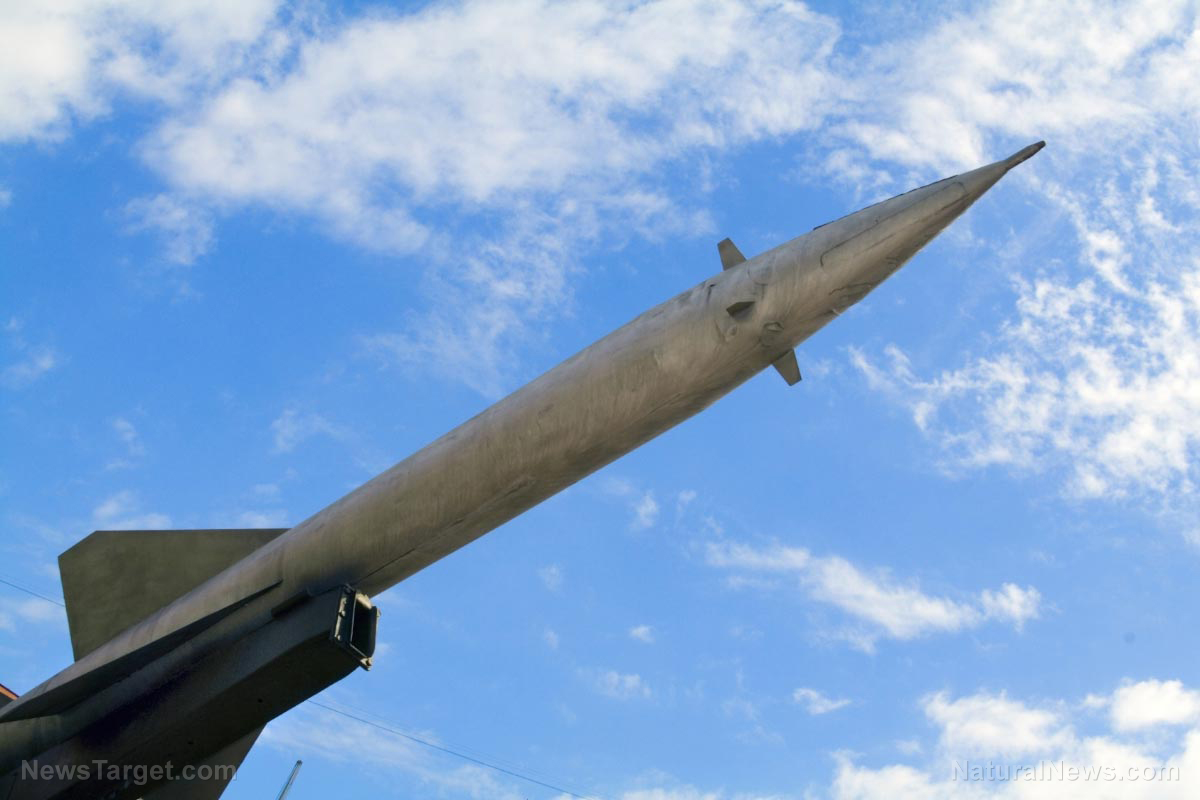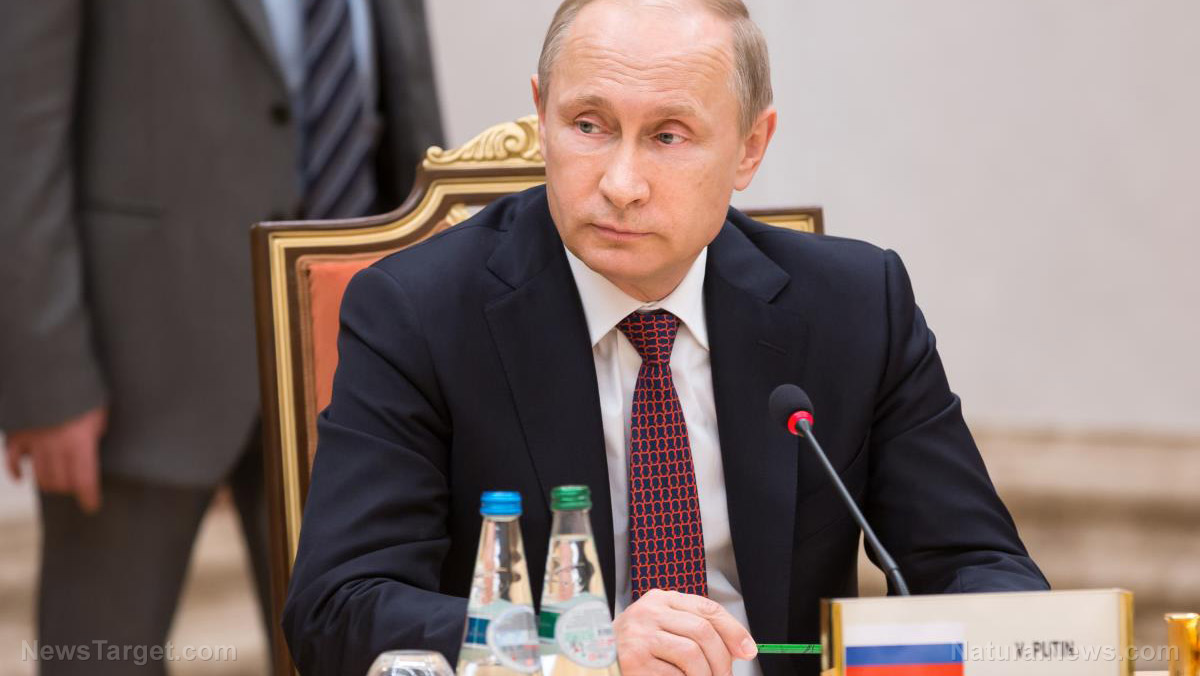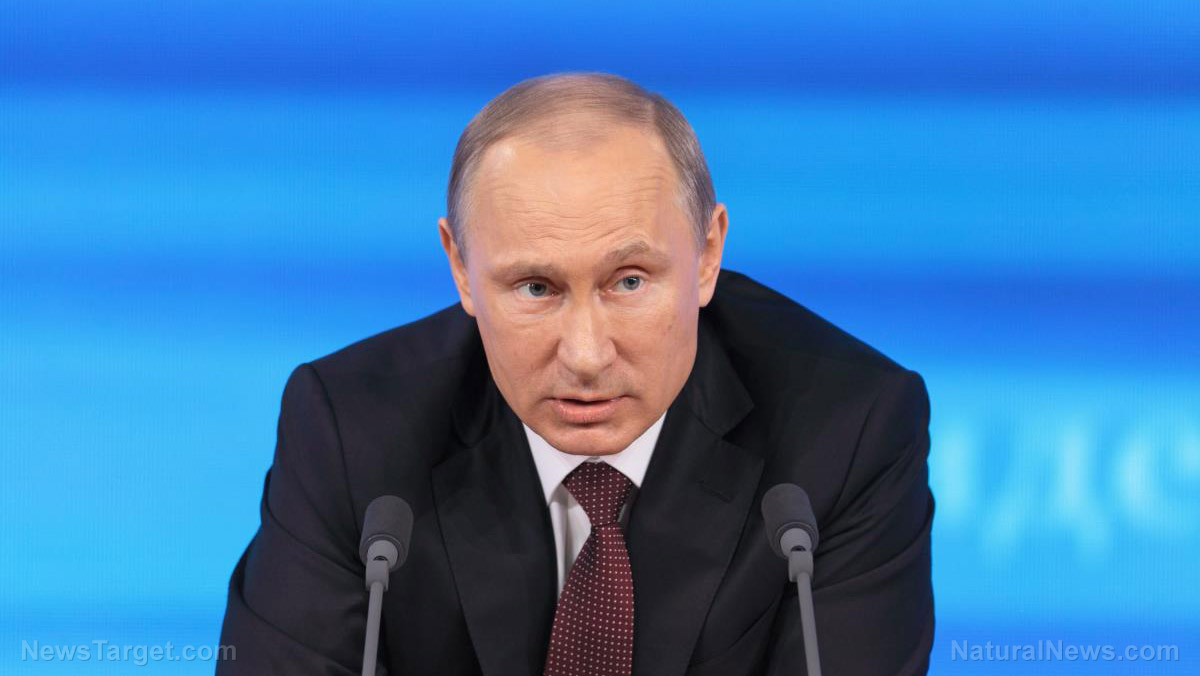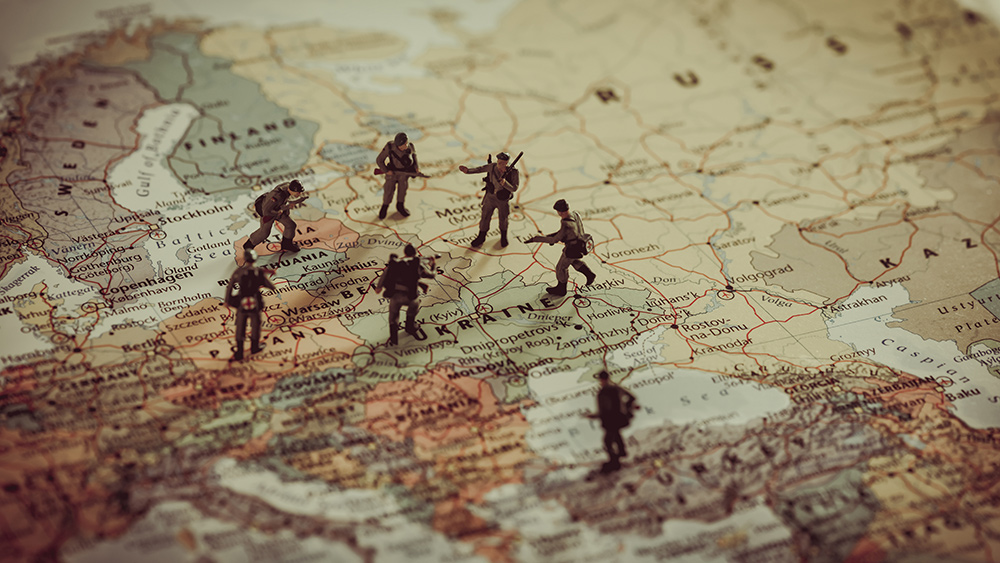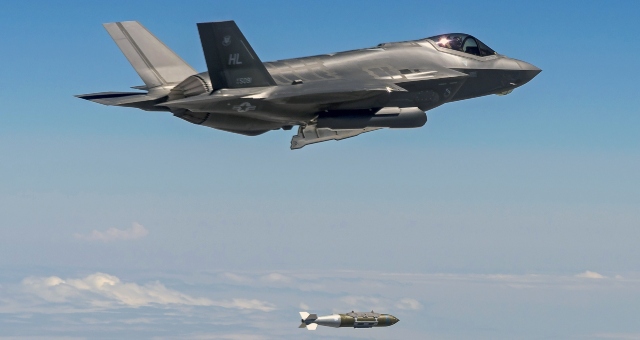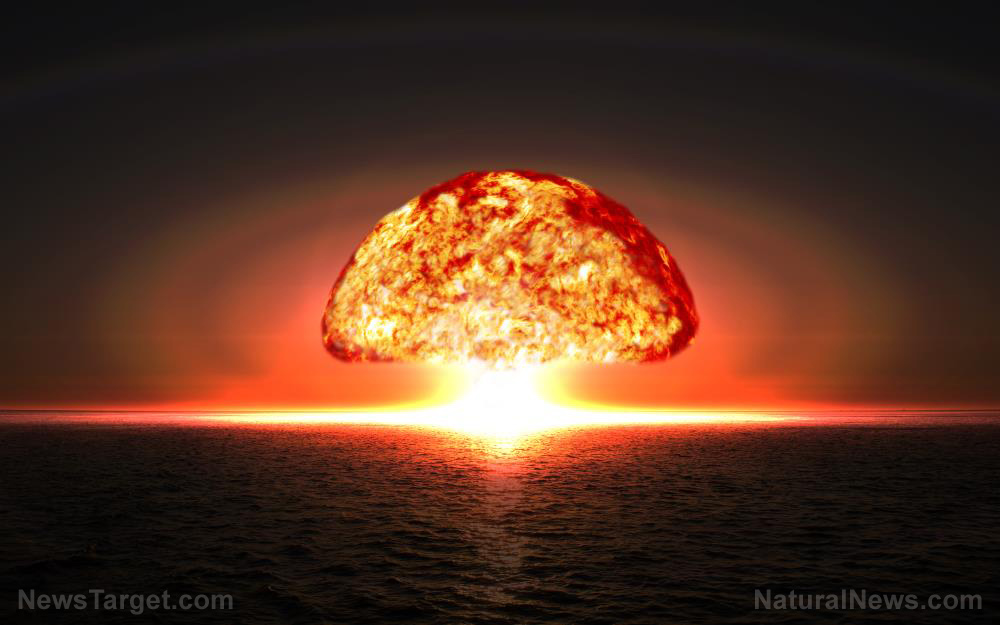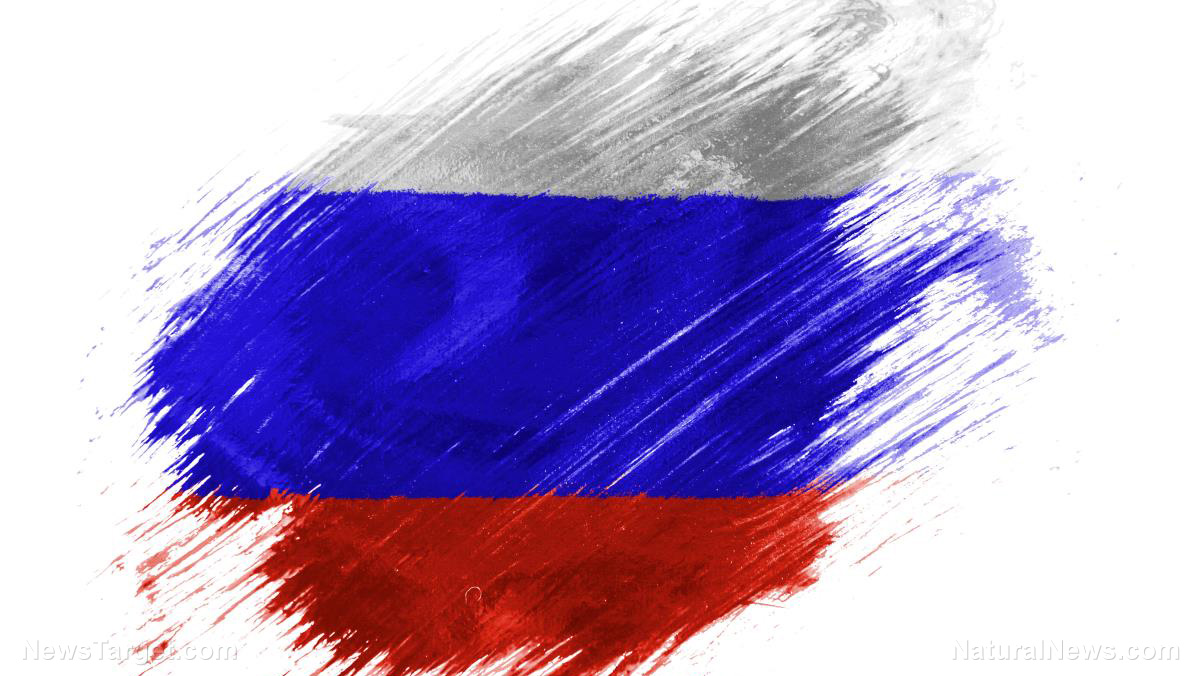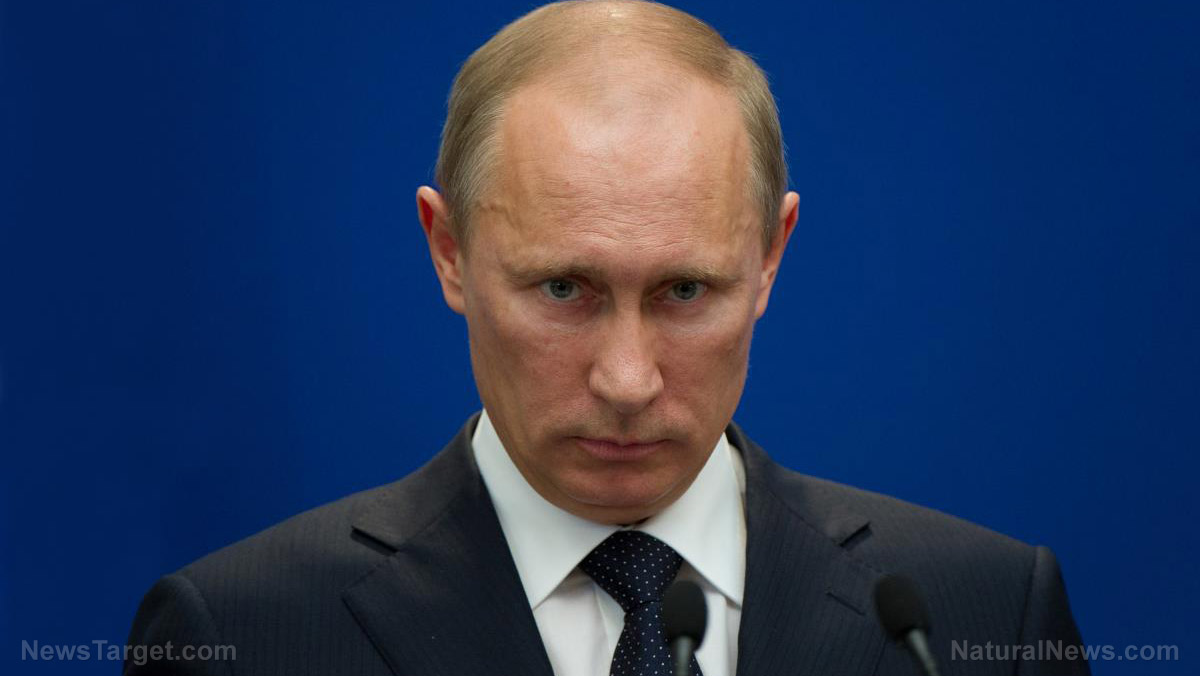UN Chief Guterres warns of heightened risk of NUCLEAR CONFLICT amid geopolitical tensions
06/13/2024 / By Belle Carter

United Nations Secretary-General Antonio Guterres recently issued a stern warning as technological advances and escalating geopolitical tensions that risk the outbreak of a nuclear conflict endanger the world at a level not seen since the Soviet Union collapsed in 1991.
“Humanity is on a knife’s edge,” Guterres said during the 2024 Annual Meeting of the Arms Control Association on June 7 in Washington, D.C. “The risk of a nuclear weapon being used has reached heights not seen since the Cold War.” He added that countries are engaged in a “qualitative arms race” as advanced technologies such as artificial intelligence heighten the danger.
Guterres’ remarks came amid the West’s support for Ukraine in its conflict with Russia. The United States and other North Atlantic Treaty Organization members have accused Moscow of displaying its nuclear power.
Meanwhile, Russian leaders expressed that deepening Western involvement in the Ukraine conflict could trigger an escalation and that they are serious about it. However, they “are not brandishing [nuclear weapons],” Russian President Vladimir Putin told an audience at the St. Petersburg International Economic Forum on June 7. He reiterated that Russia would only consider using nuclear weapons if its sovereignty or territorial integrity were under threat.
“I do not believe that is the case now,” Putin emphasized. He warned, however, that changes to the doctrine “are not ruled out.”
Guterres suggested otherwise: “Nuclear blackmail has reemerged with some recklessly threatening nuclear catastrophe.” He called for disarmament now and for nations to step up.
“This was the central message of my disarmament agenda launched in 2018. Disarmament and conflict prevention are also at the heart of the New Agenda for Peace to reform the global peace and security architectures,” he said.
Guterres specifically asked nuclear-armed states to resume dialogue and commit to preventing any use of nuclear weapons, making sure that all would agree that none would be the first to launch one. He asked these nations to reaffirm the moratorium on nuclear testing and accelerate the implementation of the disarmament commitments made under the Non-Proliferation Treaty.
“All parties to the treaty must start collaborating now to ensure consensus at the Review Conference in 2026,” he said.
He also urged the U.S. and Russia to return to the negotiating table and fully implement the New START treaty, first signed in 2010 and called for the reduction in the number of nuclear warheads both nations have in their stockpiles.
“Until these weapons are eliminated. All countries must agree that humans, not machines or algorithms make any decision on nuclear use. Finally, nuclear saber-rattling must stop,” he said.
Russia and the U.S. are the world’s biggest nuclear powers, holding about 88 percent of the world’s nuclear weapons, according to the Federation of American Scientists. (Related: Declassified documents reveal US secret nuclear war project named “SIOP,” aimed at killing Russians and Chinese people.)
Russia, Belarus hold tactical nuclear weapons drills in response to West’s daily provocations
In its total contradiction of the West’s ramped-up support for Kyiv amid the escalation Russia-Ukraine conflict, sources reported that the Eurasian country and Belarus have already begun the second stage of tactical nuclear weapons drills.
Russia announced the exercises last month after French President Emmanuel Macron said he would not rule out deploying troops to Ukraine under certain conditions. The U.S. and some other NATO allies have already given Kyiv the greenlight to use Western-supplied weapons on targets in border areas of Russia.
In the drills that began on June 11, the Russian Ministry of Defense said troops of the two countries would undergo joint training in non-strategic nuclear weapons used in combat. The government agency also stated that the operation was to ensure personnel and equipment readiness concerning the “sovereignty and territorial integrity” of the alliance between Russia and Belarus.
Kremlin spokesman Dmitry Peskov told reporters that the situation in Europe was quite tense and that such drills and maintaining combat readiness were important because of the “hostile actions” by the U.S. and its allies as well as their “daily provocations.”
Last year, Russia moved some of its tactical nuclear weapons into Belarus, which also borders Ukraine and NATO members Poland, Latvia and Lithuania. Belarus’ President Alexander Lukashenko has relied on close ties with Russia and provided his country as a “practice ground” for the conflict in Ukraine.
Tactical nuclear weapons include air bombs, warheads for short-range missiles and artillery munitions and are meant for use on a battlefield. Usually, they are less powerful than strategic weapons, huge warheads that arm intercontinental ballistic missiles and are intended to destroy entire cities.
U.S. officials reported that they have seen no change to Russia’s strategic posture, although senior intelligence officials say they have to take Moscow’s remarks about nuclear weapons seriously.
Visit NuclearWar.news to read updates on the nuclear catastrophe that could unfold.
Watch the video below that talks about Russia’s threat to supply advanced weapons in retaliation for NATO escalation in Ukraine.
This video is from Rick Langley’s channel on Brighteon.com.
More related stories:
Medvedev warns that any U.S. strike on Russian targets will be the “start of world war.”
U.S. accused of taking out Russian nuclear missile early warning system in latest escalation.
Sources include:
Submit a correction >>
Tagged Under:
big government, chaos, dangerous, insanity, military tech, national security, NATO, nuclear war, nuclear weapons, Russia, UN, United Nations, United States, weapons technology, World War III
This article may contain statements that reflect the opinion of the author
RECENT NEWS & ARTICLES
COPYRIGHT © 2017 WEAPONSTECHNOLOGY.NEWS

